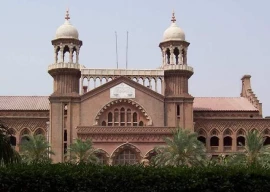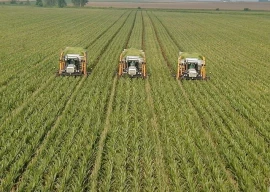
With the country’s population estimated to cross the 220-million figure, the nation would be in dire need of enhancing agricultural production during the days ahead to meet domestic needs and enhance the export volume.
Since the country has been bifurcated into different provinces and zones, some experts see the crop-zoning system as vital for enhancing the contribution of the agriculture sector to the Gross Domestic Product (GDP).
Bestowed with uncountable bounties of nature, South Punjab is a fertile region for crops production, but the cultivation trend keeps changing due to improper crop zoning mechanism. There was a time when South Punjab landscape used to amuse the commuters by its white-sea-look (cotton crop) on both sides of roads, but over the decades this trend took a dramatic turn with sugarcane replacing the cotton gradually.
"Cotton used to be almost everywhere, and in December, the fully-blossomed cotton flowers used to look like a white sea," recalled Rabia Sultan, a farmer from Thatha Village in Muzaffargarh district. Sultan used to grow cotton on an area of more than 200 acres, but now she has a crop mix of wheat, sugarcane and mango with cotton reduced to just 35 to 40 acres.
Rabia Sultan believed that crop zoning was the best option for the government and policy planners to adopt.
Published in The Express Tribune, June 13th, 2022.








1732012115-0/Untitled-design-(14)1732012115-0-270x192.webp)












COMMENTS
Comments are moderated and generally will be posted if they are on-topic and not abusive.
For more information, please see our Comments FAQ